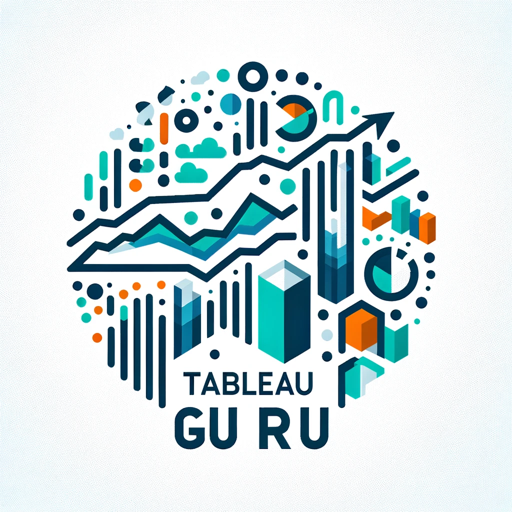Stories for Jira Backlog-AI-powered project management tool
Streamline your Jira backlog with AI.
Related Tools
Load More
JiraGPT - Access your Issues
Access your Jira Issues, Projects and let me be your Co-Pilot. Connects to your Jira Instance

ProductMuse - User Stories
Converts a few words into effective user stories with clear problem statements, detailed acceptance criteria, and test case suggestions. Backed up by an experienced Product Manager and Scrum and Agile methodologies. Ready to copy-paste in JIRA!

Bob The BA - User Story
A Business Analyst That Creates User Stories

Jira Ticket Helper
Help to define a user story ticket based on the information provided

Jira Madmin
Your go-to expert for Jira Software Cloud, covering setup, workflow, and more.

Agile User Story Writer
I craft formal user stories for agile teams.
20.0 / 5 (200 votes)
Introduction to Stories for Jira Backlog
Stories for Jira Backlog is designed to streamline the process of creating detailed and structured user stories for project management within Jira. It assists project managers, developers, and other stakeholders in capturing requirements in a standardized format, ensuring clarity and consistency across the board. By using a template approach, it reduces ambiguity and enhances communication among team members. For example, a project manager can quickly draft user stories that encapsulate business needs, technical requirements, and acceptance criteria, making it easier for developers to understand and implement the tasks. This tool is particularly useful in agile environments where iterative development and clear requirements are crucial.

Main Functions of Stories for Jira Backlog
Standardized User Story Creation
Example
Using the template 'As a user, I want to..., so that I can...', a product owner can draft a story like 'As a customer, I want to be able to track my order status, so that I can stay informed about my delivery.'
Scenario
In a sprint planning meeting, the team quickly understands the customer’s need to track order status, discusses the feature, and estimates the effort required.
Detailed Descriptions and Acceptance Criteria
Example
Each story includes sections for description, design, technical implementation, and acceptance criteria, ensuring comprehensive coverage of all aspects.
Scenario
A developer reads a story about implementing a search feature. The description details the required functionality, the design section includes wireframes, and the acceptance criteria specify the conditions for the feature to be considered complete.
Enhanced Collaboration and Clarity
Example
By providing a clear structure and common language, it facilitates better collaboration between non-technical stakeholders and the development team.
Scenario
A marketing manager and a developer discuss a new promotional feature. The structured user story helps them align on the feature’s objectives, requirements, and technical constraints, avoiding misunderstandings.
Ideal Users of Stories for Jira Backlog
Project Managers
Project managers benefit from using Stories for Jira Backlog by having a standardized format for user stories, making it easier to convey requirements and ensure all project aspects are covered. This helps in maintaining clarity and consistency across multiple projects and teams.
Development Teams
Development teams find it valuable as it provides clear, detailed, and actionable user stories. This reduces the time spent on clarifying requirements and allows developers to focus on implementation, leading to higher efficiency and better quality of work.

Steps to Use Stories for Jira Backlog
Step 1
Visit aichatonline.org for a free trial without login, also no need for ChatGPT Plus.
Step 2
Navigate to the 'Stories for Jira Backlog' section and familiarize yourself with the interface.
Step 3
Create a new story by clicking on the 'Create Story' button and filling in the required fields.
Step 4
Use the template provided to structure your user stories with a title, user story, description, design, technical implementation, and acceptance criteria.
Step 5
Review and refine your stories, then integrate them into your Jira backlog for team use.
Try other advanced and practical GPTs
AicademiQ
AI-enhanced research and study support

Love and Romance
AI-crafted expressions of love.

tData Doctor GPT (with a focus on Tableau)
AI-powered Tableau expertise at your fingertips

Tableau Guru
AI-Powered Data Visualization Assistant

URL Website Scraper and Rewrite Assistant
AI-powered content scraper and rewriter

Igris - The AI Bro
Your AI-powered conversational buddy

Etsy Business Growth Expert
AI-powered Etsy shop growth expert.

Legal Advisor
AI-Powered Legal Guidance Simplified

LaShootingBOX
AI-powered solutions for content and creativity

Calendar
Smart scheduling with AI assistance

TKinter UI v2.1
AI-powered graphical user interface design

Orion Script Creator
AI-powered scripting for Ultima Online.

- Project Planning
- Task Management
- Team Communication
- Requirement Gathering
- Sprint Backlog
Detailed Q&A about Stories for Jira Backlog
What is Stories for Jira Backlog?
Stories for Jira Backlog is a tool designed to help users create structured and comprehensive user stories for their Jira backlog, enhancing project management and team collaboration.
How can Stories for Jira Backlog improve my project management?
By providing a clear template and structure for user stories, this tool ensures that all necessary information is included, making it easier for teams to understand and implement project requirements.
Do I need a ChatGPT Plus subscription to use Stories for Jira Backlog?
No, you can use Stories for Jira Backlog for free by visiting aichatonline.org, with no need for a ChatGPT Plus subscription.
Can I customize the story templates provided by Stories for Jira Backlog?
Yes, the templates are designed to be flexible, allowing you to customize them according to your specific project needs and preferences.
What are some common use cases for Stories for Jira Backlog?
Common use cases include project planning, task management, sprint backlog refinement, requirement gathering, and enhancing team communication in software development projects.